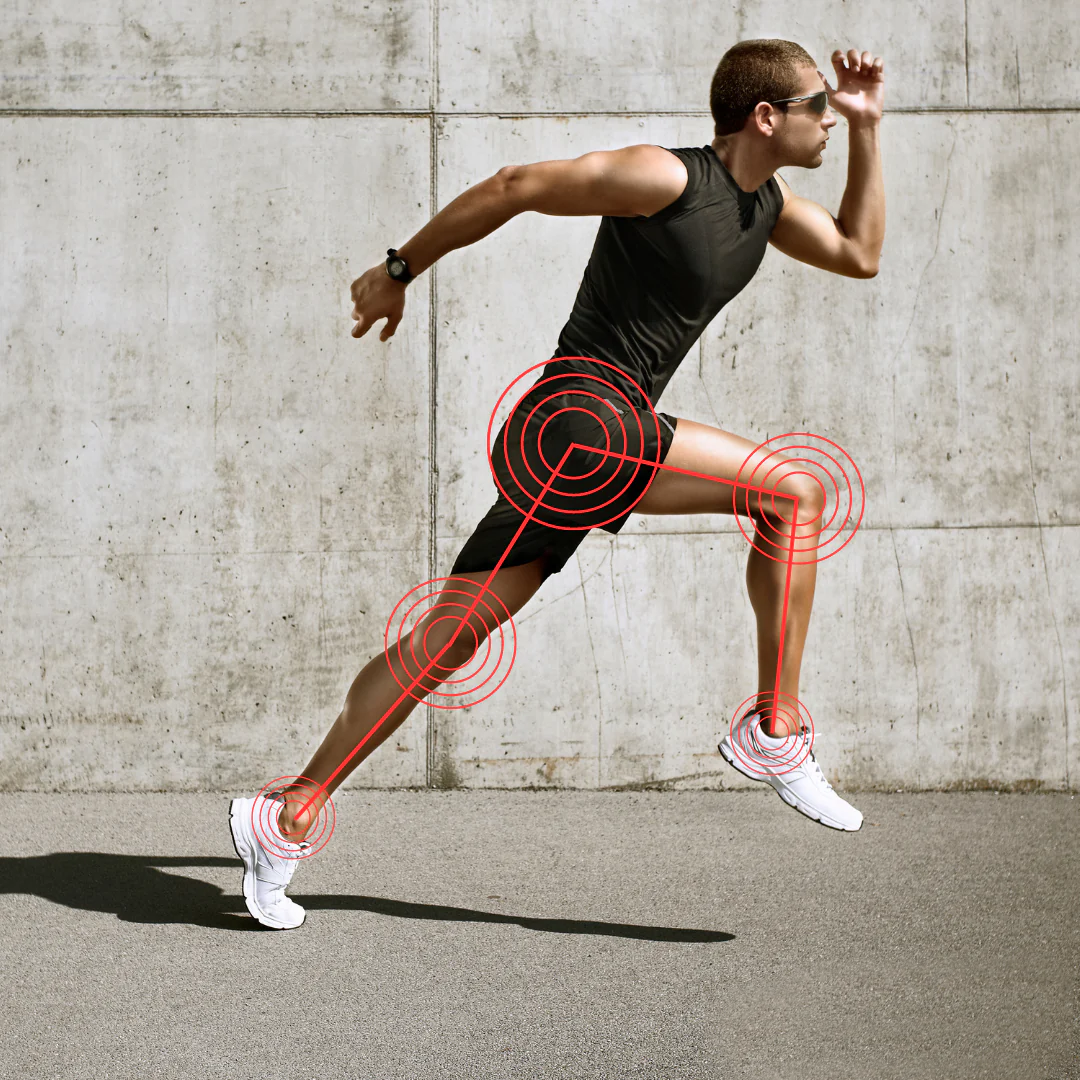Understanding the Role of Biomechanics in Chronic injuries and Plantar Fasciitis

In the realm of sports and physical activities, understanding the role of biomechanics is paramount for preventing and overcoming chronic or overuse injuries. This week, Zlaant takes you on a journey into the fascinating world of biomechanics and its impact on foot conditions, such as plantar fasciitis.
What is biomechanics?
Biomechanics refers to the study of how forces interact with the body during movement. By understanding the complex interplay between structure, function, and movement patterns of our soft tissues and skeletal system, we gain essential knowledge about how our body responds to external forces like walking, running, or jumping.
Biomechanical abnormalities are often a root cause of chronic injuries. Excessive or repetitive forces on certain structures within the body can create imbalances, overload, and subsequent tissue damage. As the foundation of our biomechanical chain, our feet are particularly susceptible to these issues, and addressing local abnormalities is essential to prevent injuries from propagating further up the leg.
Biomechanics and Plantar Fasciitis:
Plantar fasciitis serves as a prime example of how biomechanical abnormalities can contribute to chronic foot pain. This condition occurs when the plantar fascia, a thick band of tissue connecting the heel bone to the toes, becomes strained and inflamed. Biomechanical factors such as overpronation (excessive inward rolling of the foot), high arches, imbalanced lower leg musculature, or abnormal foot structure, can increase stress on the plantar fascia, leading to microtears and subsequent pain.
Understanding the role of biomechanics in plantar fasciitis empowers us to implement effective strategies for prevention and recovery. For instance, orthotic devices or supportive footwear can help correct biomechanical imbalances and alleviate strain on the plantar fascia. Strengthening and stretching exercises targeting the foot and muscles of the lower leg, primarily calf muscles, can enhance stability and reduce the risk of injury. Additionally, gait analysis by a qualified professional can provide valuable insights into gait abnormalities and guide personalized treatment plans.
Understanding the role of biomechanics in the development and management of plantar fasciitis, and beyond, is just the first step; using this knowledge to adapt your training regime and lifestyle is what truly propels your athletic performance and reduces injury risk. Zlaant offers a range of innovative tools, such as the Zlaantboard and newly released plantar fascia roller, alongside educational guides on our app, to ensure you are effectively equipped to deal with common biomechanical causes of plantar fasciitis.
At Zlaant, we are dedicated to equipping you with knowledge and tools to overcome overuse injuries, and embrace long-term activity and a pain-free lifestyle.
Keep moving, stay resilient, and embrace the power of biomechanics with Zlaant! Download our app or get in touch with us to learn more.
Note: This blog post is for informational purposes only and does not replace medical advice. If you're experiencing persistent or severe pain, consult with a qualified healthcare professional
